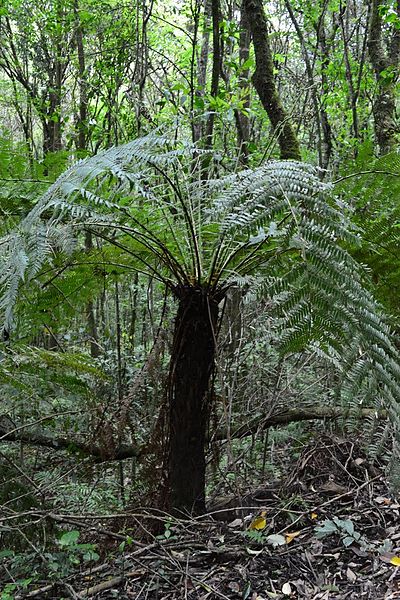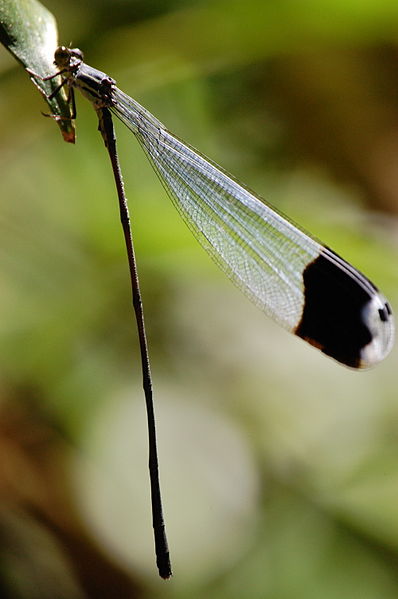by Piter Kehoma Boll
We are always fascinated by plants that have some peculiar shape that resemble something else. And certainly one of them is the species I’m introducing today, Psychotria elata, also known as hooker’s lips or hot lips.
Found in the rainforests of Central America, in areas of middle to high elevation, the hooker’s lips is an understory shrub and produces an inflorescence that is surrounded by a pair of bracts that resemble bright red lips. Don’t look too much or you may be tempted to kiss them.

“Kiss me”, beg the hooker’s lips. Photo by Wikimedia user IROZ.*
Certainly some creatures do kiss it, especially hummingbirds, which are its pollinators, but also many species of butterflies and bees. However, when they come to kiss the red lips, they have already spread to much, in order to allow the flowers to be exposed, and do not resemble a mouth anymore.

Once the mouth is open, the magic of the kiss is gone. Photo by Dick Culbert.**
After pollination, the flowers develop into blue berries that are easily spotted by birds, which disperse the seeds. As the hooker’s lips produces fruits through the whole year, it is an important food source for fruit-eating birds.
– – –
EOL – Encyclopedia of Life. Psychotria elata. Available at <http://eol.org/pages/1106123/overview>. Access on March 5, 2017.
Silva, C., & Segura, J. (2015). Reproductive Biology and Herkogamy of Psychotria elata (Rubiaceae), a Distylous Species of the Tropical Rain Forests of Costa Rica American Journal of Plant Sciences, 06 (03), 433-444 DOI: 10.4236/ajps.2015.63049
– – –
*
This work is licensed under a Creative Commons Attribution-ShareAlike 3.0 Unported License.
**
This work is licensed under a Creative Commons Attribution 2.0 Generic License.




